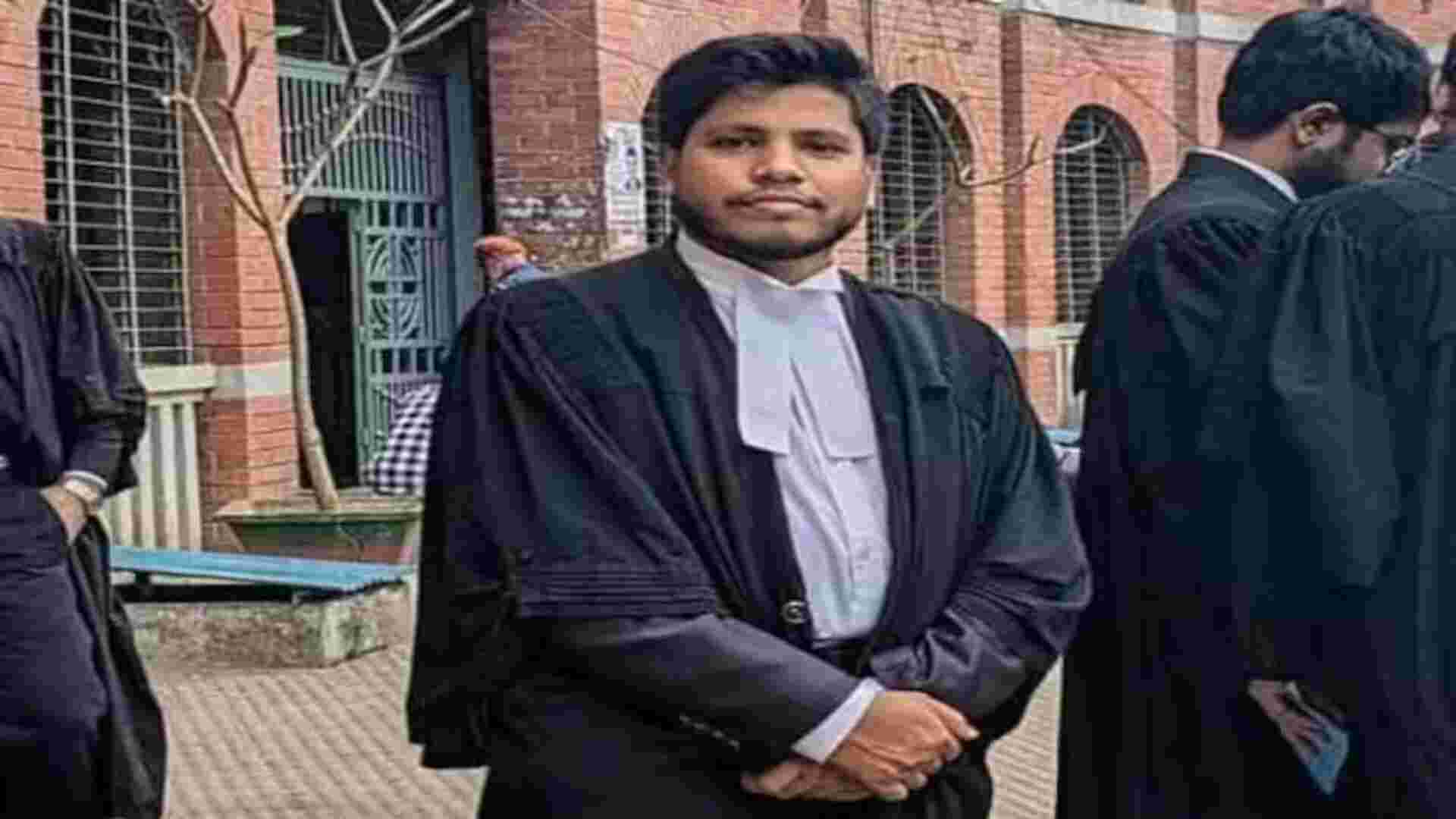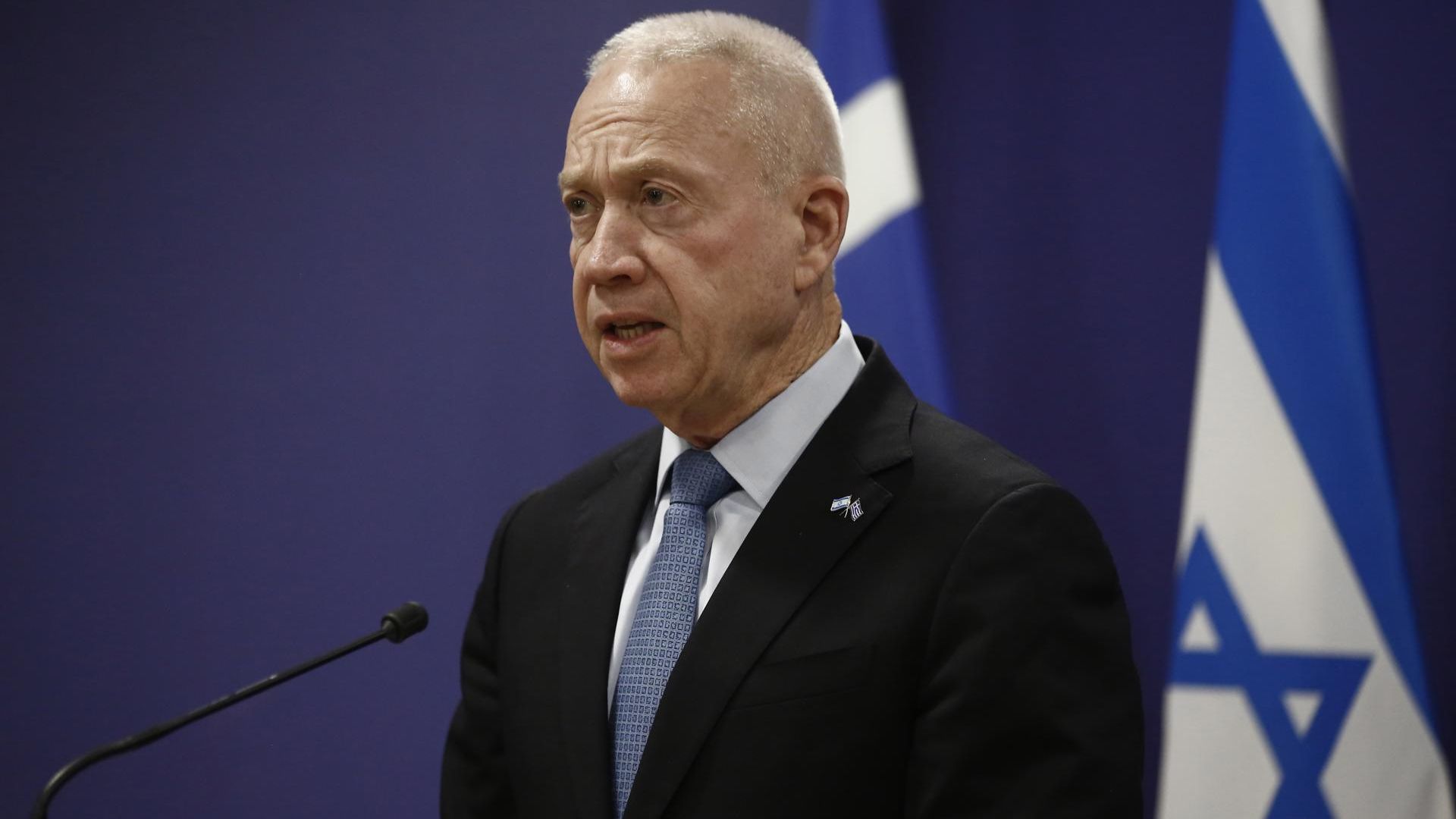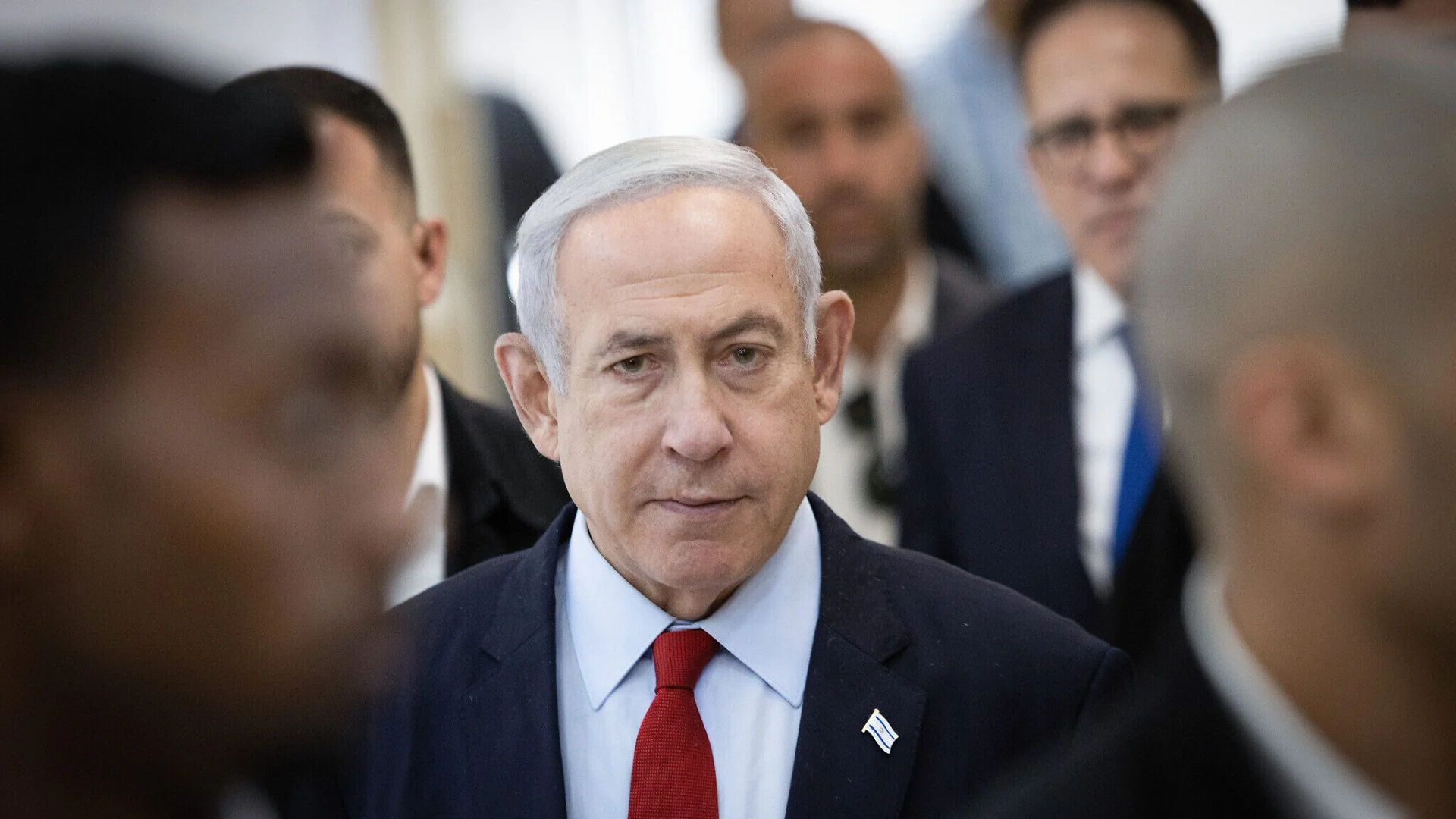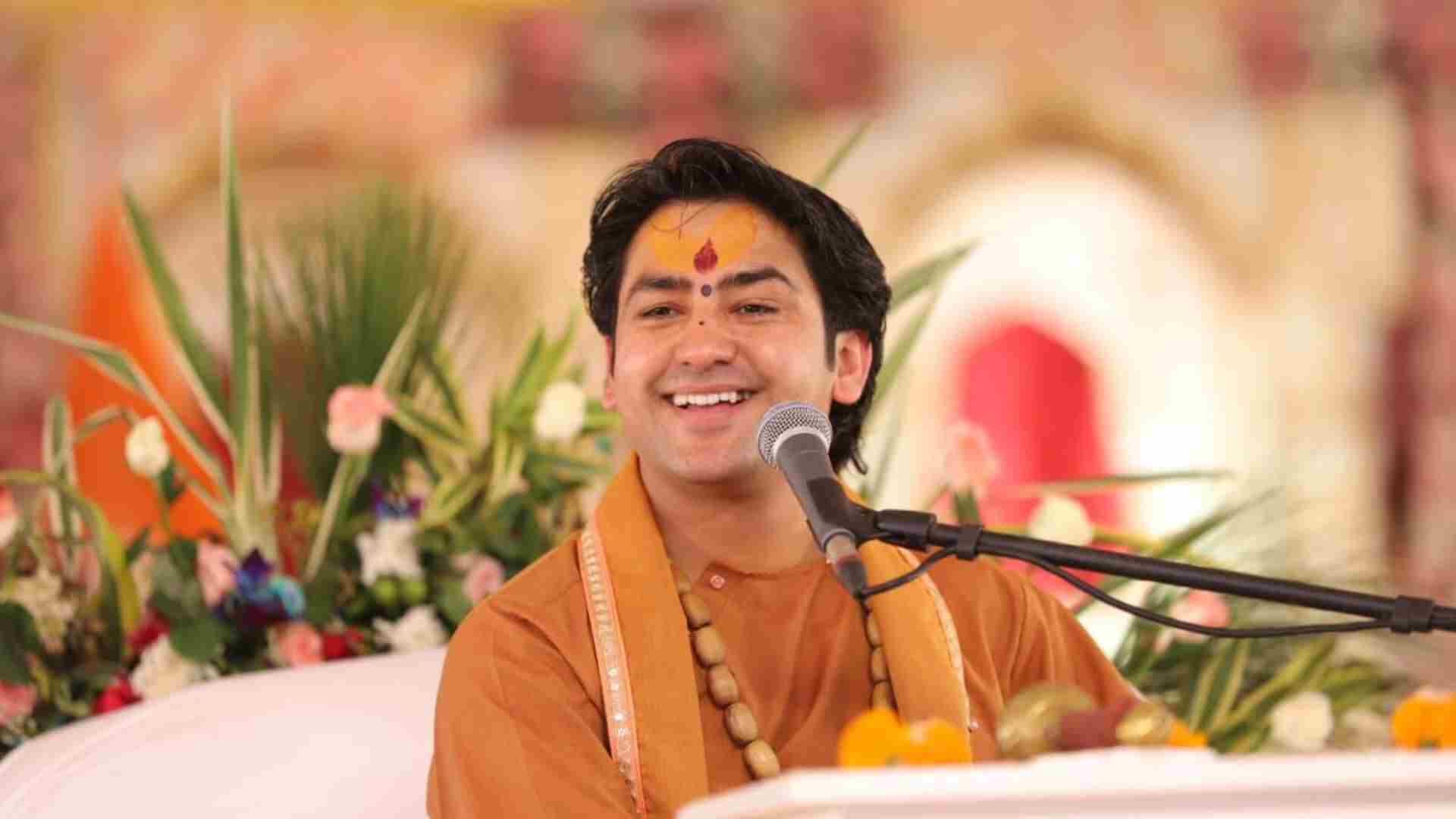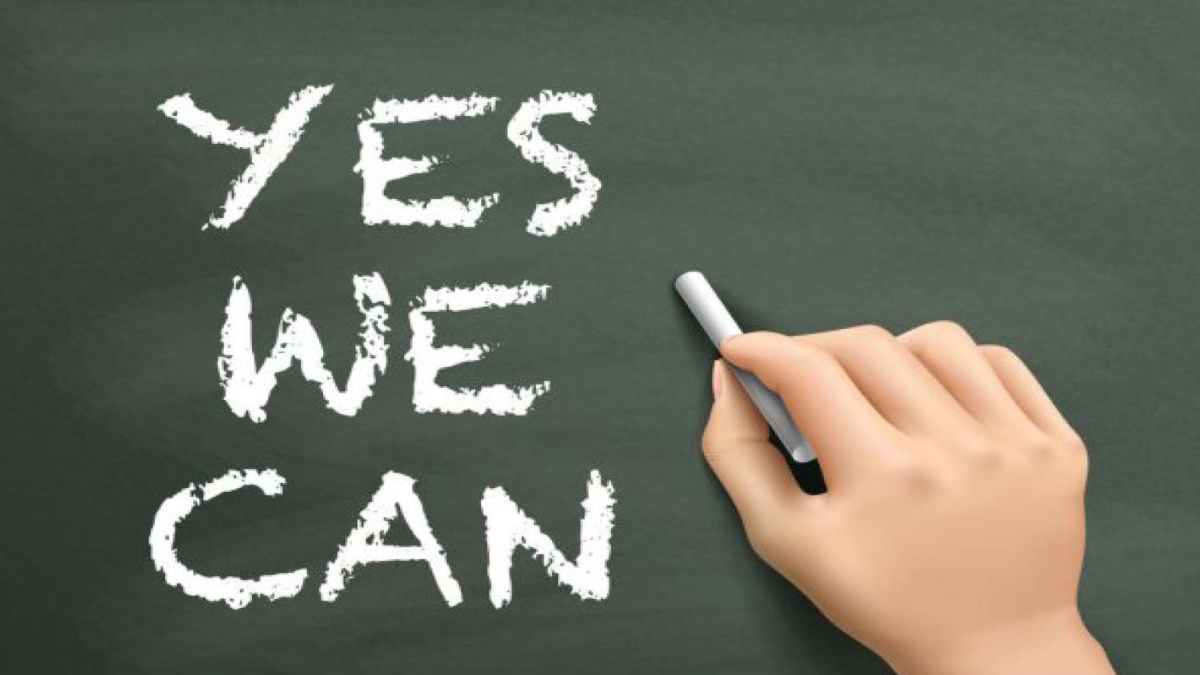
“We proved that we are still people capable of doing big things and tackling our biggest challenges,” these were the words of former US President Barack Obama who took the challenges head-on and managed to steer his country through the crisis resulting from economic asphyxiation. “Yes, We Can” call that Obama transformed the recession-hit USA into a nation that regained its past flourishing economic glory.
That is exactly how India needs to overcome the present challenges in economic, health, and other related key sectors, in the wake of the Covid-induced pandemic. “Yes, We Will” should be the guiding slogan for India amid the current crisis. Even though the Covid-driven crisis is assuming complicated proportions, India can and will overcome it. If Obama demonstrated that ‘success comes in cans, not in can’ts’, India can show “where there is a will, there’s a way.” India will use the present crisis as an opportunity to gain new heights on the horizon of development and growth.
Prime Minister Narendra Modi, whose “Yes We Will”approach fetched the country many laurels so far, is capable of rising to the occasion. There is no denying that so far his tenure is marked with so many achievements, however, there are challenges galore, with a strong negative perception also. What PM Modi has to do is to first break this negative perception and then use the crisis to consolidate everything that would go into the creation of a “New India” which he dreamt of and spoke a lot about.
Several hurdles to growth objectives have to be removed if PM Modi has to fulfil his vow to make India a $5 trillion economy by 2024. Strong leadership with massive willpower and positivity can lead to meaningful steps towards that goal. The only collective voice of “Yes We Will” from a 1.3 billion-strong nation can crush the crisis. When Obama took reins of America, the gloomy wind of economic recession coupled with negativity was sweeping across the country. Similarly, an atmosphere of despondency was prevailing in India when Narendra Modi formed the government in 2014. His dream and vision of “New India” did cut ice with the people. There have been several innovative and outstanding decisions and subsequent successful implementation on social and economic governance issues over the last seven years. Obama indeed converted the crisis into a much-needed opportunity to transform the US and handled the serious economic challenges, which cost millions of Americans their homes and jobs. The economic stimulus package announced by him helped the US tide over the crisis. One may recall that PM Modi had given the call to convert the Covid-induced crisis into an opportunity during the first wave of the pandemic.
Challenges could be the game-changer if tackled with determination, vision, and a positive attitude. The sectors which merit immediate and much-focused attention are related to what affects the lives of the masses. Strengthening the areas of governance will be a major weapon. With a performer government in place, as suggested by the track record so far, goals could be achievable. Economy, vaccination, health, education, unemployment, and negative perception are areas where the government faces major challenges that need to be taken care of on a priority basis to take the country out of its current situation. The economic slowdown turned into a contraction due to the pandemic. The deadly second wave caught the country off guard. Unfortunately, a pandemic does not come with a playbook, and India, like many other nations, has been learning and framing the rules as it progresses through this pandemic. The ongoing economic reforms in various sectors, including banking and agriculture, have faced a slow-down. There are reports about how the rural economy has suffered. Job losses on a massive scale have also been reported. The lockdown shut several businesses and threw people out of their jobs, pandemic and consequent lockdown have made the unemployment situation worse. As per the Centre for Monitoring Indian Economy (CMIE), in May, the rural unemployment rate in rural areas and cities reached 13.5% 17.4%, respectively. The national unemployment rate climbed to a new high of 14.7%. Certainly, the government will have to address this.
Now the question is what the government can do. What has been noticed in the past was PM Modi’s immense focus on microeconomics and this should be given fresh impetus. The bold push for encouraging market forces should be given, in view of the agrarian economy having been struck significantly by the pandemic. Empowering grassroots institutions could be effective. What is being suggested by many economic experts is the need to promote MSME down to rural areas to create jobs and stimulate economic growth. It is good that the government has made free ration available to the poor and those who lost jobs. The financial-economic package announced by Finance Minister Nirmala Sitharaman is the beginning of the long therapy that is needed for economic recovery. But many such financial vaccines are needed to bring India to the high table among world economic powerhouses. Another crucial step would be expediting and increasing loan disbursals under Mudra Yojana to help people set up their work and start-up to address unemployment. Under Mudra Yojana, Rs 29 crore loan sanctions, and Rs 15 lakh crore disbursals happened. This will also be of immense help in addressing the economic challenges.
Doubling the income of farmers will be of great help in improving the rural economy. It is a good move that PM Modi recently released over Rs 20,000 crore under the Pradhan Mantri Kisan Samman Nidhi (PM-Kisan) scheme. Since agriculture is the mainstay of the Indian economy, the government will have to focus on measures leading to an increase in agricultural production.
Rural infrastructure development is also one of the major components of what forms the very basis of improving the economy of the villages. Hence, there is a need to give a fresh fillip to the mission of electrifying all villages and homes, proper sanitation coverage to every village and tap connection to every single home in the city and village.
Education sector reform can also be a game-changer. Skill development, research, and innovation in science and technology are the three components to create a self-reliant India. It is a positive development that as part of reform in the education sector, the government’s focus is on connecting youth with education, knowledge, and skill to build Atmanirbhar Bharat.
How the health sector left a lot to be desired down to state levels also came to the fore during the second wave of Covid-19. That shifts the spotlight on health infrastructure in rural areas which needs to be further developed. Several hospital projects approved by the government for various districts and blocks should be completed soon. While discussing health sector enhancement, what is worth mentioning is affordable health care to the poor. Ayushman Bharat, also known as Modicare, helped the poor to some extent. But its reach to the people living in remotest areas should be ensured. It reminds one of Obamacare which was launched in 2010 to provide healthcare to those who can’t afford it. The objective of both is the same. Loopholes in the implementation of Modicare down to small rural pockets need to be plugged. The government is also reported to have stressed the need to make its coverage more extensive.
Covid vaccination is an area where the focus should be greater. The manufacturing of vaccines has grown tremendously but vaccination hesitancy has to be dealt with. A majority of the population needs to be vaccinated at the earliest. The government claims that everyone will be vaccinated by December. But for this to happen, uninterrupted vaccination supply needs to be ensured. In what has come as a significant development underscoring the “Yes We Will” attitude, India has overtaken the US in the total number of Covid-19 vaccines administered so far with over 32.8 crore doses till 28 June 2021, while the US has logged 32.3 crore doses. What is more remarkable is that India began its vaccination drive on 16 January, 2021 more than a month after the US did on 14 December, 2020.
The perception challenge is one of the most baffling issues that the Modi government has to deal with. In the post-Covid scenario, a negative perception is being created about the government led by PM Modi. Questions are being raised over his competence. So PM Modi will have to lead from the front and infuse fresh spells of energy into all the schemes and projects. He has to show the willpower that yes, he can do and he will do. The government must step up efforts to be more proactive to engage with many public and civilian institutions to address the perception challenge resulting also from misinformation campaigns at national and international levels. PM Modi should bring some credible, talented, and professional faces with few seasoned capable people in the Cabinet. This perception is growing that the Cabinet lacks the desired talent and it must be given a fresh look. He knows the significance of perception in politics, the downfall of UPA-Congress is a story to remember. These are all daunting challenges for PM Modi. His track record on meeting difficult situations head-on is well known and that gives the nation confidence that he will face the challenges successfully.
One can go by some major works done by the Modi government. Banking the unbanked through the Jan Dhan Yojana was PM Modi’s innovative scheme under which 42 crore bank accounts were opened. GST was in the pipeline for 17 years before it became a major tax reform in 2017. Free distribution of the LPG cylinders through the Ujjwala Yojana is a milestone achievement. Official data show that Ujjwala Yojana accounts for over 70% growth in total domestic LPG connections in the country. The Swachh Bharat campaign is one of the big socio-political achievements of the Modi government. The toilet-construction programme under the Swachh Bharat campaign to make India an open-defecation free (ODF) country played a significant part. Even Obama lauded PM Modi’s innovative scheme of cleanliness.
The government has done remarkably well on the strategic front. It was a big achievement for India to push China back from Doklam and Pangong Lake but still, the continued standoff at the LAC remains a big challenge for PM Modi and his strong leader image is facing the most critical time. However, under his leadership, India has renewed its effort to push for a permanent UNSC seat, by launching diplomatic efforts to remove the bottlenecks. Moreover, India plays an important role in Quadrilateral Security Dialogue (Quad), the grouping of four countries comprising the USA, Japan, Australia, and India, to counter China’s aggressive behaviour. We know the battle ahead will be long, but always remember that no matter what obstacles stand in our way, nothing can stand in the way of the power of millions of voices calling for change. No matter how onerous and gigantic the task of crushing the challenges might be, India will successfully do it with determination and collective efforts guided by a “Yes, We will do” attitude. It is this strong feeling and commitment that is going to rule everything.
The writer is a political analyst and former Chairman, Andhra Pradesh Electronics Development Corporation.
